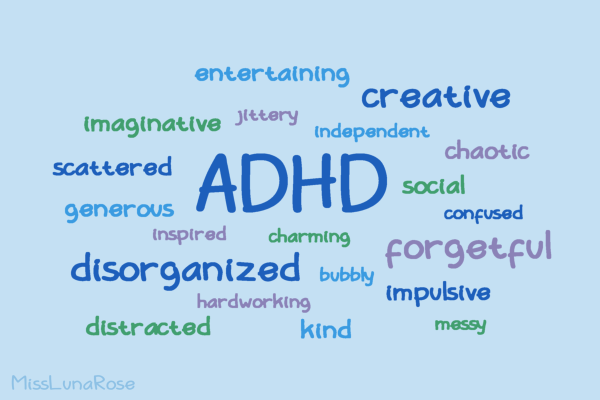School Tactics Put Differently-Abled Students at a Disadvantage
Tactics or informal removals are secret off-the-book techniques used by school systems to suspend students with behavioral, neurological and developmental disorders from their classes. These removals “can include repeated dismissals in the middle of the day or shortening students’ education to a few hours a week.” They are in violation of federal civil rights protections for students with disabilities stated in legislation such as the Section 504 of the Rehabilitation Act, the Americans with Disabilities Act and the Individuals with Disabilities Education Act (IDEA). According to a report from the National Disabilities Rights Network, these informal removals occur “hundreds and perhaps thousands of times per year” and include “‘transfers to nowhere,’ when students are involuntarily sent to programs that do not exist.”
Due to the lack of record-keeping on these tactics, it is hard to keep track and measure the complete impact of these informal removals, but they leave children with behavioral issues with academic and social limitations and leave their families feeling disheartened. This is seen in the case of Dakotah Lavigne where informal removals kept him going to middle school for one hour a day, and in Jasim McDonald’s situation, where he faced over 80 informal removals and lack of support from his teacher.
During the COVID-19 pandemic, informal removals increased and students with behavioral issues were especially left behind and tended to be students who had regressed the most. Dr. Jenny Radesky, a developmental pediatrician, states that students that are suspended or expelled can experience “struggles with obesity, sleep ruptures, strained families and suicidal ideation.” Educators claim that the situation is more complex and that they grapple with smoothly implementing legislation which protects education for students with behavioral issues such as the IDEA act. They state problems with federal funding to “cover the extra costs of special education have always fallen short of the targets in the law” and left them without key resources for helping students with different needs. While this does add more nuance to the situation, informal removals should be monitored and reduced as they put differently-abled children at an educational disadvantage.
Informal removals may seem well-intentioned in trying to help students have time and space to reflect or calm down and for other children in class to focus, but their overuse does the opposite and sets them back from progressing in their education. In reality, schools may not have the resources to help students with behavioral disorders or educate teachers and other professionals in the school in the most effective ways to help all students, but the overuse of informal removals does more harm than good.
In order to best reconcile the issues faced by educators, students and their families, there needs to be more funding for resources in order to help students with behavioral issues. This is a rigorous process that would require the active involvement of the school team, teachers and families to accommodate and bring students with different needs up to speed as much as possible so they can participate in classrooms with other children.
Pressure on schools is what keeps them from reporting informal removals and what makes it harder to track them and their effects. While some pressure is required, the root of the problem still lies in integrating students with a wide range of disabilities into a classroom with inadequate resources, education of teachers or the school teams. An increase in federal funding would aid schools in getting more resources, but it would also be important to define what these resources would be and which would be the most effective to help all students. Informal removals are easy for schools but cause harm to students with behavioral issues; it would be more advantageous to both students and schools in the long run to create an effective plan where students would receive help equally from both schools and their families in order to put more burden on either side. In conclusion, overuse of informal removals should be eliminated and more funding for resources, as well as more planning on what resources should be used and the active involvement of help from schools and parents, should be defined more clearly.
Saisha Islam, FCRH ’25, is a biology major from New York, N.Y.

Saisha Islam is a senior from the Bronx, N.Y., who is majoring in biological sciences and minoring in English. She first joined The Fordham Ram as a contributing...










































































































































































































